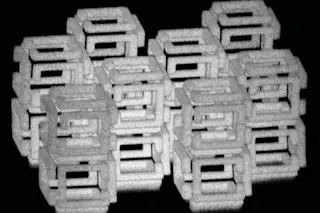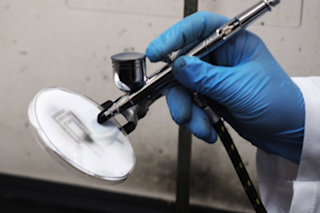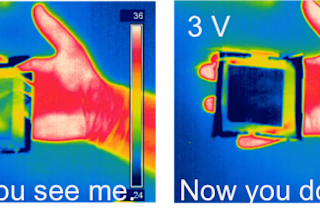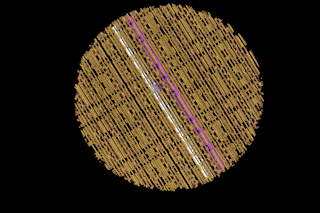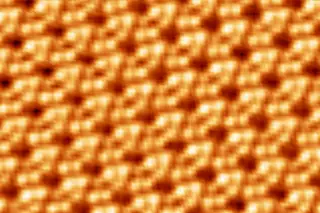Lighter than air! Stronger than steel! More flexible than rubber! No, it's not an upcoming superhero flick: It's the latest marvelous formulation of carbon nanotubes--at least as reported by the creators of the new super-material. Researchers working on artificial muscles say they've created nanotech ribbons that make our human muscles look puny by comparison.
The ribbons, which are made of long, entangled 11-nanometer-thick nanotubes, can stretch to more than three times their normal width but are stiffer and stronger than steel.... They can expand and contract thousands of times and withstand temperatures ranging from -190 to over 1,600 °C. What's more, they are almost as light as air, and are transparent, conductive, and flexible [Technology Review].
The material is
made from bundles of vertically aligned nanotubes that respond directly to electricity. Lengthwise, the muscle can expand and contract with tremendous speed; from side-to-side, it's super-stiff. Its possibilities may only be ...



